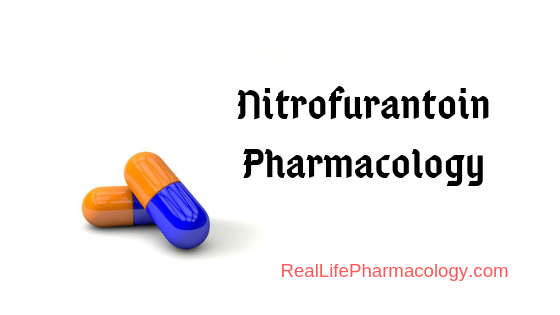Podcast: Play in new window | Download (Duration: 17:14 — 24.2MB) | Embed
On this episode “Acyclovir Pharmacology” I discuss the mechanism of action, important monitoring parameters, and drug interactions with acyclovir.
I discuss why acyclovir has to be dosed so many times per day.
Acyclovir can inhibit CYP1A2 which can impact a few drugs. I discuss a couple of those examples on this podcast episode.
GI effects are one of the more common side effects of acyclovir.
Rarely, neuropathy and nephropathy can be part of the adverse effect profile of acyclovir. I discuss this further on this episode.
Be sure to check out our free Top 200 study guide – a 31 page PDF that is yours for FREE!










